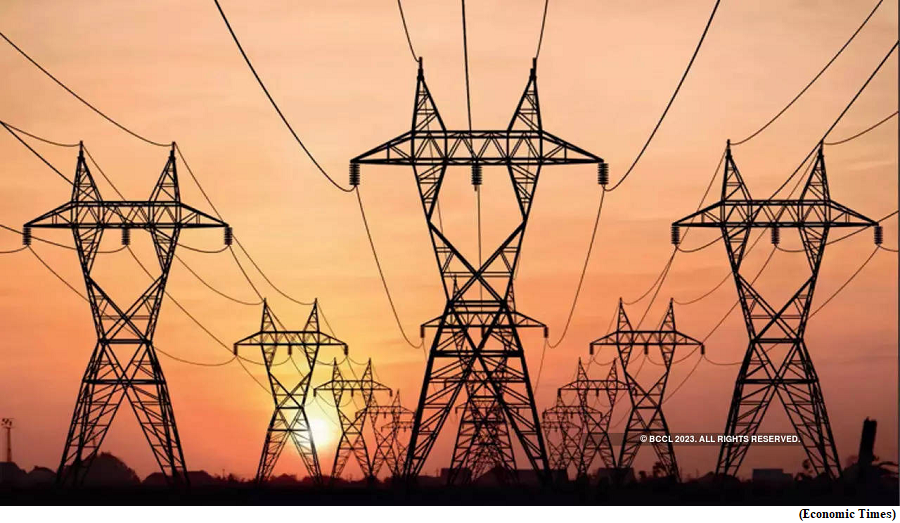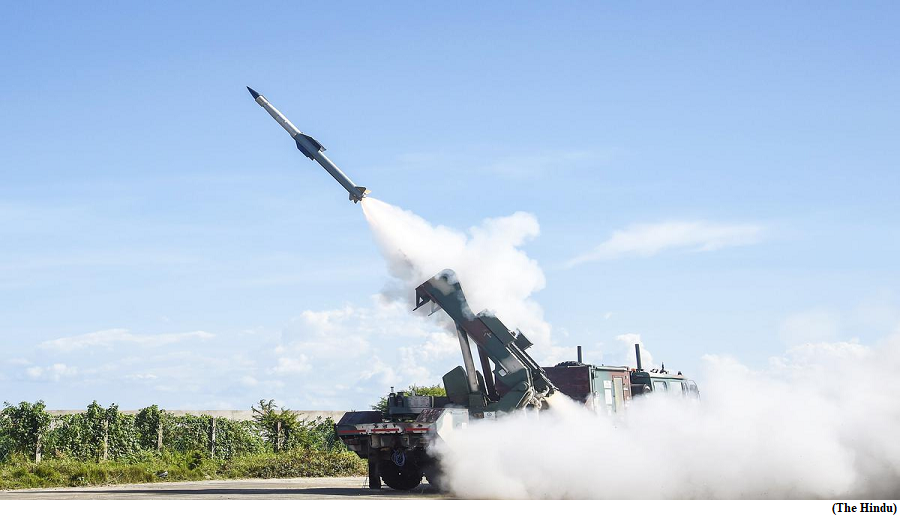Govt asks regulator CERC to begin process for coupling power exchanges (GS Paper 3, Economy)

Why in news?
- The Ministry of Power has asked Central Electricity Regulatory Authority (CERC) to initiate the process of coupling multiple power exchanges, a mechanism which seeks to ensure uniformity in price discovery of energy at trading platforms.
Details:
- At present India has three power exchanges; Indian Electricity Exchange (IEX), Power Exchange of India (PXIL) and Hindustan Power Exchange (HPX).
- In the present scenario, buyers and sellers at each exchange do trading of electricity and discover spot price separately at these exchanges. After coupling of exchanges, the price discovery would be uniform.
Advantages:
- This will give a fillip to the service levels in the power market, and ensure better transparency and uniform prices discovery across exchanges.
- The move is also expected to bring down the power tariff in the country significantly.
Fact:
- The IEX has the largest market share of 88 per cent in total power trade at multiple exchanges in India.
Army Air Defence widens wings
(GS Paper 3, Defence)
Context:
- A range of new systems, mostly indigenous, are being inducted, with new technologies factoring in the new realities in the present transformation of the Army Air Defence (AAD).
- Bringing it all together is a new automation initiative under Project Akashteer, which will build a comprehensive air defence picture for the monitoring, tracking and shooting down of air defence assets

Project Akashteer:
- The nearly ₹2,000-crore contract for Akashteer, a networking and automation project on the same lines as the Indian Air Force’s Integrated Air Command and Control System network, was signed in March 2023.
- This will link all the radars and control centres of AAD and consolidate the air defence picture, removing duplications or overlaps and also integrate all the weapons.
- Akashteer will also be able to communicate with the IAF’s network.
New threats:
- Before the 2020 stand-off with China, the Army’s focus was predominantly on India’s western border with Pakistan.
- However, air defence requirements on the northern borders are different from the western front; the need is for light-weight radars and weapon systems with mobility for deployment in the mountains while catering to the infantry’s requirements.
- The war in Ukraine has also changed the requirements, forcing the Army to factor in new threats to air defence such as unmanned aerial vehicles or UAVs, loitering munitions, swarm drones and cruise missiles.
New technology:
- The Ukraine conflict has shown that Man Portable Air Defence Systems (MANPADS) are highly effective when in range with night vision enabled. The Indian Army is focussing on laser beam-riding MANPADS and has already initiated the procurement process.
- Another focus area is gallium nitride-based modules for radars which can significantly reduce weight, a critical factor in the mountains.
- Another emerging threat to air defences is loitering munitions, for which the best counter is high-rate gun systems, better optic sights, fragmented ammunition and active electronically scanned array radars.
Inducting new SAMs:
- In March 2023, the Defence Ministry signed a contract worth more than ₹8,160 crore with Bharat Dynamics Limited for two regiments of improved Akash surface-to-air missile (SAM) systems.
- These Akash regiments are tailor-made for the mountains, with modifications having been made after a year of trials.
- The deliveries and induction should happen in the next couple of years as the system is already under production and domestic capability has come up well.
Concerns:
- However, the shortage of components and hardware for air defence systems worldwide, since the beginning of the war in Ukraine, could potentially slow the pace of inductions.
- For instance, there is a shortage of chips for radars that could slow down manufacturing and deliveries as these are mostly imported.



